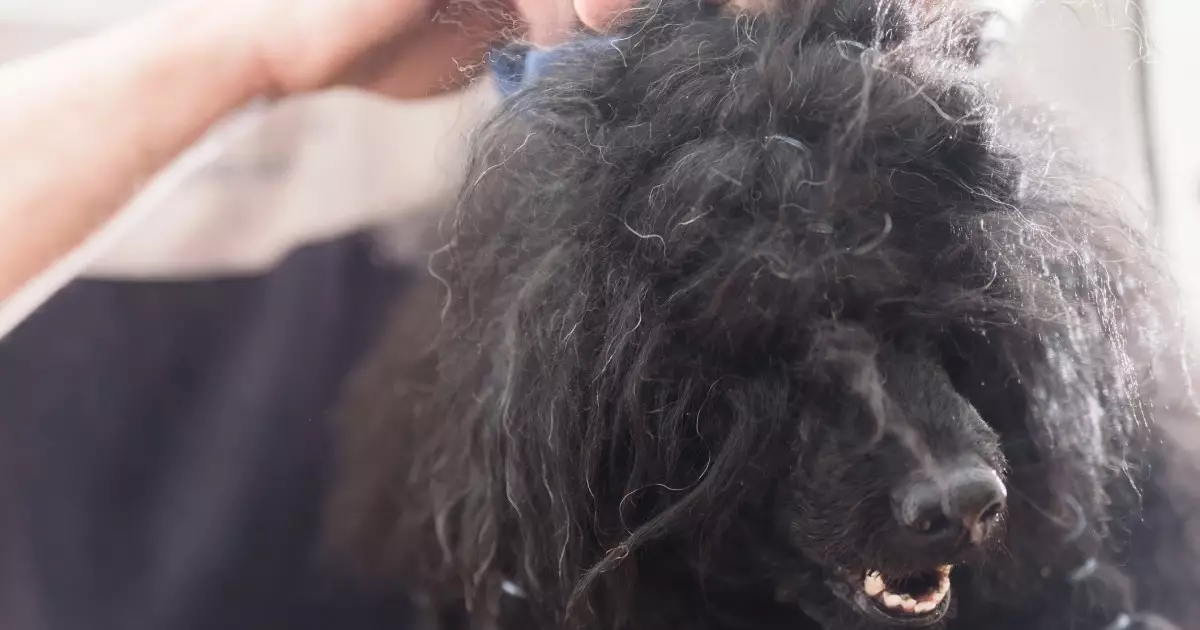Grooming is an inevitable part of dog ownership. It plays a significant role not just in aesthetics but in overall health and comfort for our pets. A frequent challenge many dog owners encounter is matted fur, a condition that can lead to discomfort and even serious health complications if left unaddressed. In this article, we will explore the causes of matted fur, preventive measures, and how to manage it effectively when it does occur, ensuring your furry companion remains happy and healthy.
Matted fur can be distressing for both dogs and their owners. Understanding the primary reasons this condition arises is the first step in prevention. Dogs with long, curly, or densely packed coats are particularly vulnerable.
One of the most significant contributors to matting is the lack of regular grooming. Neglected coats allow loose hairs, dirt, and debris to intertwine, forming tangles and mats that can quickly become intractable. Additionally, moisture introduces another element; whether from rain, snow, or a splash in a puddle, wet fur becomes a mess in a matter of minutes if not dried appropriately.
Underlying health issues can also exacerbate matting; conditions like skin allergies or excessive shedding can cause loose hairs to accumulate, greatly increasing the risk of mat formation. Notably, some dog breeds that are more predisposed to matting include Poodles, Dachshunds, and Shih Tzus, all of which possess fur types that require consistent maintenance.
Preventative Measures for a Healthy Coat
Avoiding the problem of matting in the first place is vastly preferable to treating it later. Here are strategies to help keep your dog’s coat in optimal condition:
1. **Regular Grooming Sessions**: Implement a routine that includes regular brushing. For long-haired or curly breeds, daily grooming is ideal. This process not only removes dirt and debris but also encourages healthy skin and fur.
2. **Choose the Right Tools**: Investing in grooming tools tailored to your dog’s specific coat type can vastly improve your success with managing their fur. For instance, slicker brushes, combs, and de-matting tools can be indispensable in the battle against tangles.
3. **Promptly Dry Wet Fur**: After any exposure to water, be it a bath or swimming session, thorough drying is essential. Leaving moisture in the coat can facilitate matting and lead to other issues, such as skin infections.
4. **Regular Trimming**: Taking care to trim areas that are prone to matting—like behind the ears and under the legs—forms a critical part of a grooming regimen.
Despite our best efforts, matting can occasionally occur. If you find yourself facing this predicament, the following techniques can help you approach the situation safely:
1. **Gentleness Is Key**: Always handle matted areas with care. Pulling or tugging can inflict pain and make your dog anxious. Approach with a gentle touch.
2. **Use Detangling Solutions**: Applying a dog-safe detangling spray can significantly ease your efforts. This product works by loosening clumped hair, making the grooming process more manageable.
3. **Start from the Edge**: When tackling a mat, begin at the outer edges. Gradually work your way inward, using a comb or de-matting tool to gently separate the fur.
4. **Finger Techniques for Sensitivity**: For smaller mats, using your fingers to carefully tease the tangles apart can be less invasive and mandatory for your pet’s comfort.
5. **Reward Positive Behavior**: Keep a stash of treats handy. Reward your dog throughout the grooming process to mitigate anxiety and reinforce the positive aspects of grooming.
Seeking Professional Help
Sometimes, the extent of matting can exceed your capabilities, and that’s perfectly acceptable. There are scenarios when professional assistance becomes necessary:
– **Severe Matting**: If you encounter thick or widely spread mats that seem unmanageable, a professional groomer has the expertise and tools required to sort it out without causing distress to your dog.
– **Sensitive Areas**: Fur that has matted around delicate areas such as eyes and ears requires a careful approach, often best handled by a professional.
– **Stressful Grooming**: If your dog shows signs of marked anxiety during at-home grooming, it might be more effective to allow a professional to take over, ensuring both you and your pet have a better experience.
Ultimately, matted fur poses a common dilemma for dog owners, but with the right knowledge and techniques, it’s a challenge that can be tackled effectively. Regular grooming not only fortifies an owner’s bond with their pet but can also contribute significantly to their dog’s physical wellbeing. Emphasizing preventive measures, understanding breed-specific needs, and knowing when to seek professional help will keep your furry companion looking and feeling their best. Remember, grooming isn’t just about appearance—it’s a commitment to your dog’s health and happiness.

